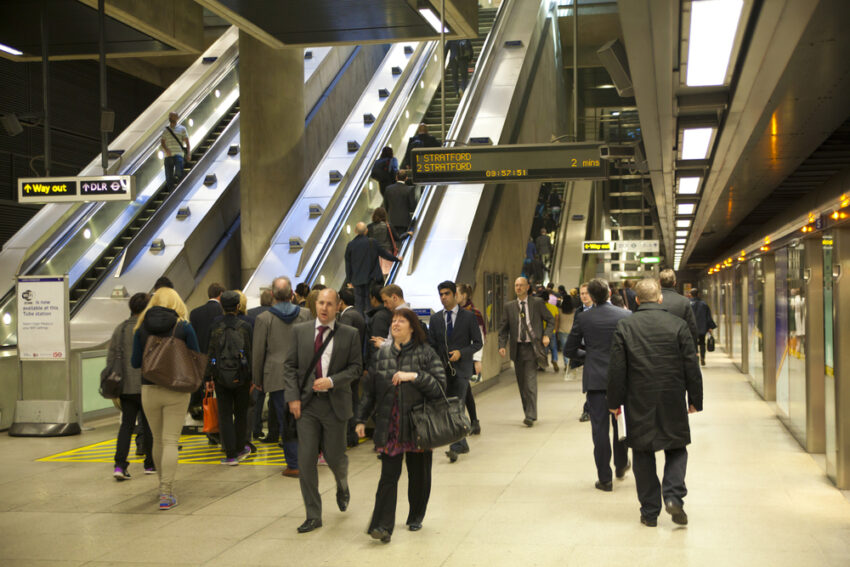
"UK wage growth has slowed to 5.2% amid rising unemployment at 4.6%, which highlights a cooling labour market post-pandemic."
"Data indicates a dip in wage growth from 5.5% to 5.2%, which may affect monetary policy, especially as inflation approaches the Bank's 2% goal."
"The current labour market trends show a mix of ongoing staff shortages in some sectors, contrasted by falling job vacancies and rising redundancies."
"UK businesses face a complex economic landscape where declining wage growth must be balanced with rising unemployment, signaling both progress and risks."
Recent data from the Office for National Statistics reveals that UK wage growth has slowed to 5.2%, down from 5.5%, as the unemployment rate rose to 4.6%. This shift is the highest since July 2021, reflecting a cooling labour market after the Covid boom. The Bank of England may consider this slowdown in wage growth for future interest rate adjustments, especially as inflation nears 2%. However, the landscape is complex, as some sectors still face worker shortages even amid rising redundancies.
Read at Business Matters
Unable to calculate read time
Collection
[
|
...
]